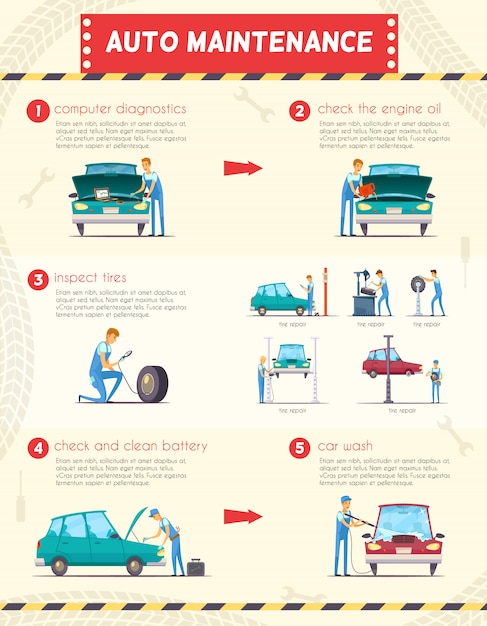When you're behind the wheel, those beautiful warning lights on your control panel can be a bit complicated. Do you know what they're trying to tell you concerning your cars and truck's health and wellness? Understanding the significance of these lights is vital for your safety and security and the longevity of your car. So, the next time among those lights turns up, would not you intend to decipher its message accurately and take the essential actions to address it?
Common Warning Lighting and Interpretations
Determine typical caution lights in your cars and truck and recognize their meanings to make sure safe driving.
One of the most regular warning lights consist of the check engine light, which signifies issues with the engine or discharges system. If this light comes on, it's essential to have your automobile inspected immediately.
The oil stress alerting light indicates low oil pressure, needing instant focus to prevent engine damages.
A flashing battery light might suggest a faulty charging system, possibly leaving you stranded if not resolved.
The tire pressure monitoring system (TPMS) light notifies you to low tire stress, affecting car security and gas efficiency. Neglecting this can result in unsafe driving conditions.
The ABS light suggests an issue with the anti-lock braking system, endangering your ability to quit quickly in emergencies.
Lastly, the coolant temperature cautioning light warns of engine overheating, which can lead to severe damage otherwise solved quickly.
Understanding cardetailnz will help you resolve concerns without delay and preserve safe driving problems.
Value of Prompt Focus
Recognizing the typical caution lights in your car is just the primary step; the importance of immediately dealing with these warnings can not be stressed enough to ensure your safety and security on the road.
When a warning light illuminates on your control panel, it's your car's means of connecting a potential concern that requires attention. Neglecting these warnings can lead to more extreme troubles down the road, jeopardizing your security and potentially costing you more out of commission.
Motivate attention to cautioning lights can protect against failures and accidents. As an example, a flashing check engine light might indicate a misfire that, if left unattended, might trigger damages to the catalytic converter. Resolving this immediately can save you from an expensive fixing.
Likewise, a brake system cautioning light might signify reduced brake liquid or used brake pads, critical components for your safety when driving.
Do It Yourself Troubleshooting Tips
If you notice a warning light on your dashboard, there are a few DIY fixing suggestions you can attempt before seeking expert aid.
The primary step is to consult your vehicle's handbook to understand what the details warning light shows. Often the concern can be as simple as a loose gas cap activating the check engine light. Tightening up the gas cap might resolve the trouble.
Another usual issue is a low battery, which can cause numerous cautioning lights. Examining the battery connections for rust and guaranteeing they're protected may fix the problem.
If a caution light continues, you can attempt resetting it by detaching the vehicle's battery for a few minutes and after that reconnecting it. In https://www.fox5atlanta.com/news/man-shot-at-clayton-county-auto-parts-store-dies-police-charge-suspect-with-murder , examining your car's fluid levels, such as oil, coolant, and brake liquid, can help troubleshoot warning lights related to these systems.
Verdict
To conclude, recognizing your auto's caution lights is important for maintaining your automobile running smoothly and safely. By promptly resolving these notifies and knowing what they suggest, you can prevent expensive repair work and potential breakdowns.
Keep in mind to consult your vehicle's handbook for certain information on each alerting light and act as necessary to make certain a trouble-free driving experience.
Remain educated, remain risk-free on the road!
